The cattle-grid rattles under the car. Not for the first time it occurs to you that as a way of heralding the arrival of a great experience, there’s none more understated than the humble cattlegrid. But there they are, at the start and finish of many of the country’s greatest roads.
You know this car and you know this road. It’s why you’ve brought it here. You know the drill, too: a kick of the clutch and a blip of the throttle. You’ve already decided how many gears you’re going to drop. Then down goes the foot. Let it build. You feel the engine respond and hear it, too: the induction noise hardening, the exhaust note sharpening. The revs rise, but slowly at first. There’s no external assistance from turbos here, but you’re happy to wait. At 4000rpm it starts to build, at 5000rpm it’s beginning to fly. So you let it go, growling and howling its way past 6000, 7000 and onto 8000rpm before you deftly dip the clutch once more, a mere fraction of a second before the limiter cuts in.

Okay, so the car happens to be a new Porsche Cayman GT4, but in essence, and saving details like where the red line on any given car might be, what I’ve outlined is an experience enjoyed in one form or another by millions of enthusiastic drivers not just for years or even decades, but for more than a century. Good car, good road. Good fun. That really is all there is to it.
Let’s do it all over again, except we’re a few years into the future and the car is not a 414bhp Porsche but an electric hypercar with around 2000bhp. If you think that sounds like science fiction it’s not: there are already at least three that have been shown with outputs of 1900bhp or more and which are now being readied for production. The cattle grid rattles under the car. There’s no clutch to kick nor even a paddle to pull, let alone a stick to shift. There is no decision-making process because there’s nothing to do. Except put your foot down. You can still do that. So the car now tries to transmit 2000bhp plus all that attendant and instant torque to the road.












































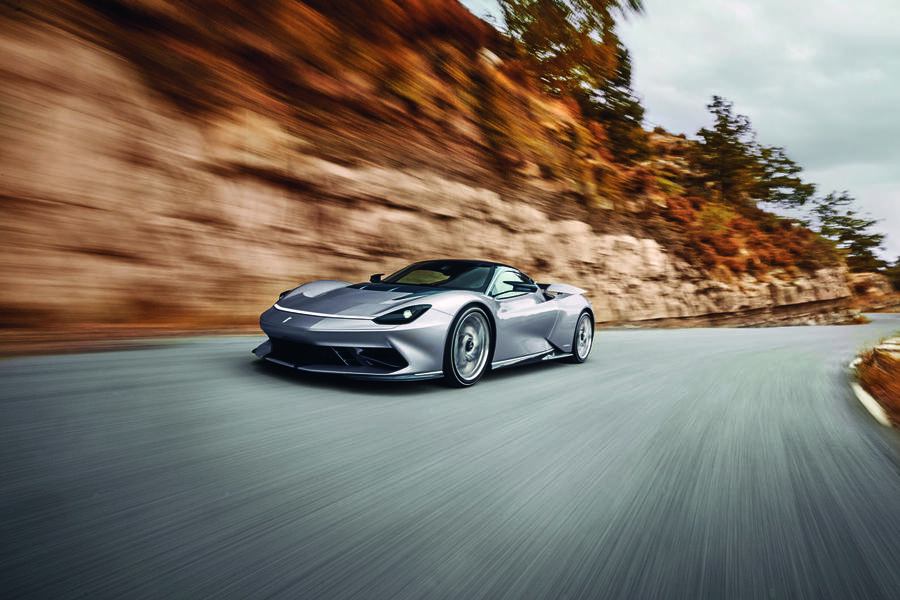
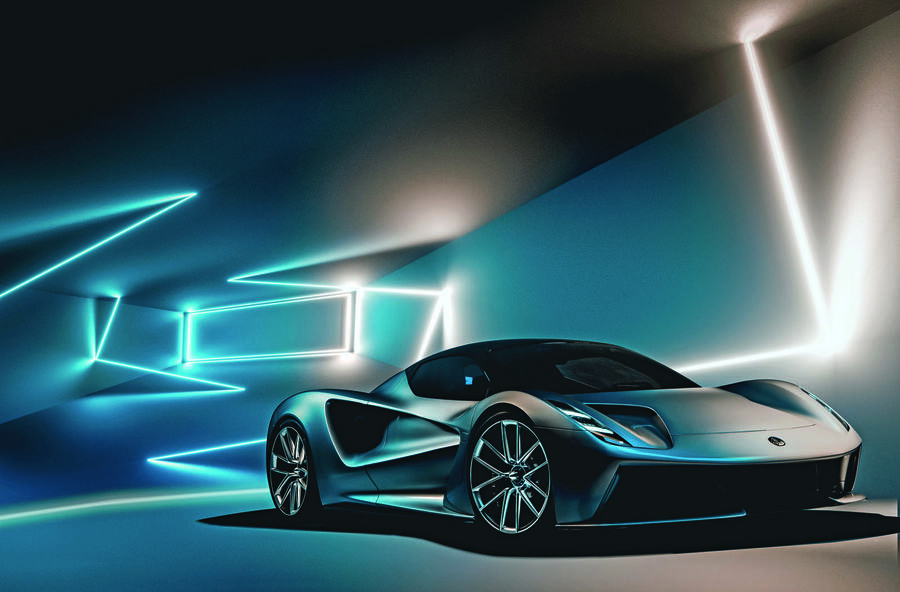
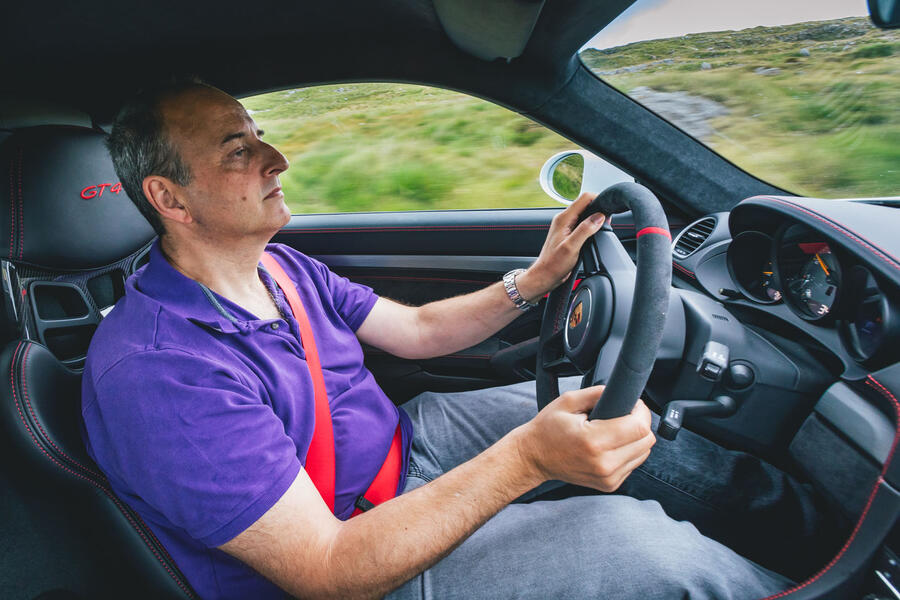
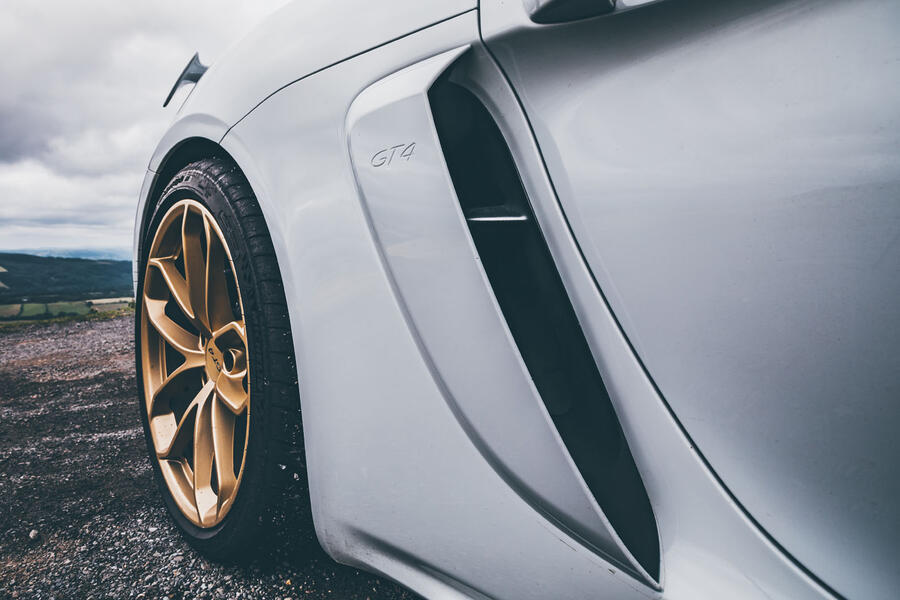
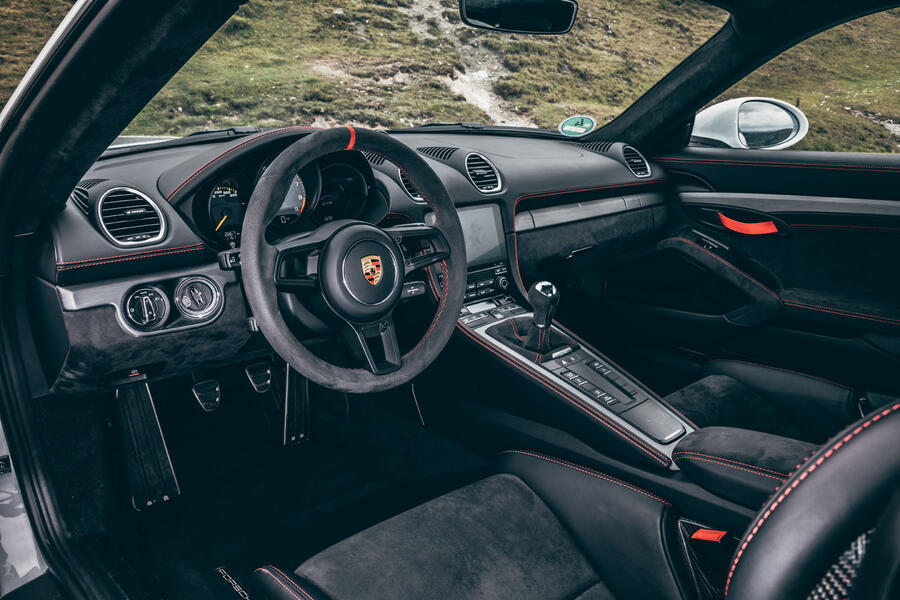

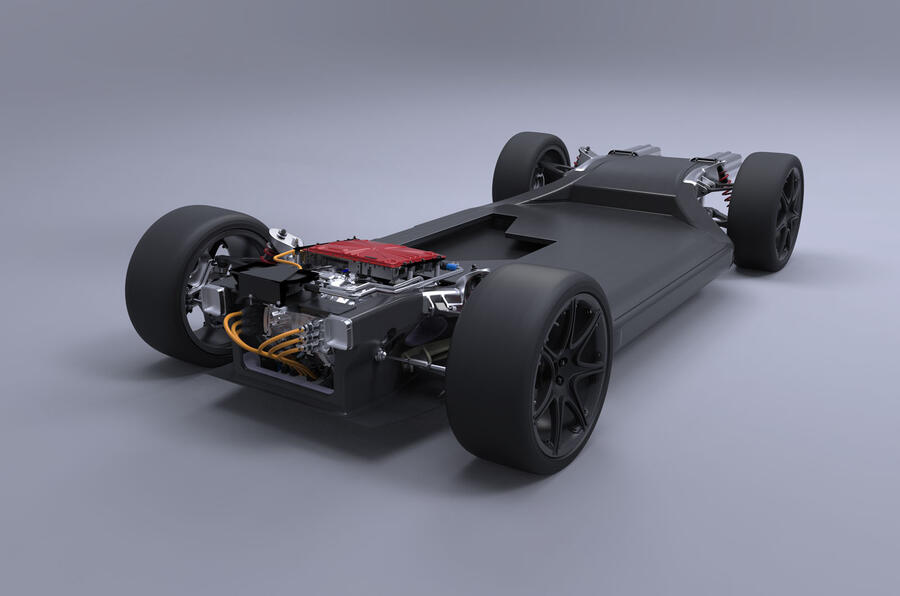



Join the debate
Add your comment
Older analogue cars will
Older analogue cars will still be available for a while yet to have fun driving, you don't need a Cayman, I have fun driving my 2012 colt cleartec, a naturally aspirated 1.3 with 100hp, it may not review as well as it's fiesta competition but I find it sweet revving and fun, all well within legal limits. And my na eunos is a hoot as well.
We're stuffed!
Although sometimes my age makes me sad I can look back at a life lived at some speed and, in today's terms, genuine freedom. Cars to me were everything. I got my driving test at the first available half term from boarding school. My Austin A40 was my gateway to adulthood, sex, and so much else. My first summer holiday we went to Holland, Germany, Austria, Yugoslavia, Italy and France - I'd never been abroad before. We did autotests and a mileage Marathon at Oulton Park. Road rallies where we drove like lunatics around the Peak District - a concept that seems quite incredible today. I'm lucky enough to have raced cars and owned a lot of them. Young people today don't have that worship of cars that we had. They mostly live in cities for a start. In a few months if I want to drive down the Embankment in London at 0400 in the morning I will be restricted to 20mph. It will take me 75 minutes from Tower Bridge to the M1. Will I do that - not on your life. I'll take a train.
I'm going to hold onto my last atmo-model Boxter S for ever. Maybe as senility arrives I'll sit in it going broom broom as I did as a child whenever my father got a new car. Fun now means sailing an old boat - there's no legislation on sailing boats yet although I hear rumblings. My age remains a golden generation. We missed out on major wars, were given a choice of career and able to earn pretty good money in exchange for hard work. Women discovered they enjoyed sex and the pill allowed them to indulge themselves. There was no twitter-shaming. Wifes couldn't track down husbands to their lovers' front doors - and, of course, vice versa. No cycle lanes. Moat of all, though, we had the freedom to drive our cars pretty much how fast and wherever we chose. Andrew, you are right. It's the end of driving for fun. RIP
Article too long
Long story short - driving as work and enjoyment will disappear except for maybe track work for rich and/or professionals.
Anyway, everything will be connected and checked. Breathalizers and speed limiters built in and enforced automatically. There will be no free will in daily driving. You want your next greatest electronic bs in your "car", you will get them and they will save you from having fun. Most people will accept this, as for them driving is a choir anyway.